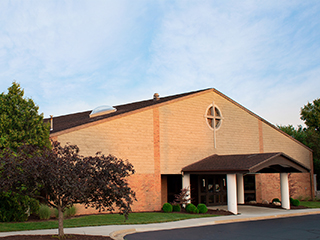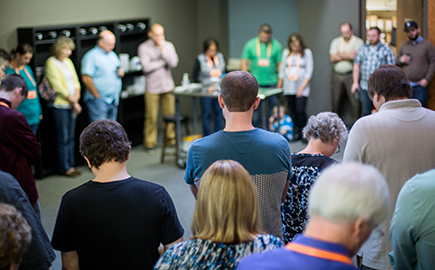
The Narrative Writings
The Narrative Writings
Matthew, Mark, Luke, John, Acts
How does this type of literature fit into the Bible as a whole?
It has been said that the narratives about Jesus’ life, death, resurrection, and ascension are not only the centerpiece of history, but perhaps also the crux of the entire Bible. After all, the Old Testament looks forward to Jesus and the remainder of the New Testament look back to Him.
How do we read the Narrative writings normally?
Generally speaking, the Gospels and Acts are selective theological accounts written to introduce various audiences to Jesus in ways that would bring them to saving faith. It is important to understand that the authors of narrative positioned themselves as recording actual history, giving accurate accounts of the life and ministries of Jesus and the apostles. However, the Gospels also record a number of Jesus’ parables, hypothetical stories that convey concrete truths about the human condition and God’s gracious love for sinners. Thus, while parables may be non-literal, it is clear that the miracles (such as Jesus’ resurrection) are to be understood as events that literally took place. Taken as a whole, narratives collectively emphasize different facets of Jesus’ life, teaching, and saving work.
How does this part of the Bible point to Jesus?
By extensively quoting the Old Testament, Matthew’s Jewish audience saw Jesus as the one to whom The Law pointed and as the One who fulfilled it. Mark wrote to suffering roman Christians about Jesus as the suffering Servant. John’s eyewitness account of Jesus positions Him as the eternal Word, as God Himself (10:30) and uses symbolic language (e.g. ‘bread, light, and the good shepherd’) to convey the significance of Jesus’ identity. Luke wrote to provide an orderly account of how Jesus came to seek and save the lost, but yet didn’t spare Himself. As the great physician, Jesus was presented as one who could remedy the daunting problem of sin that universally plagues everyone. As Luke’s sequel to his gospel, Acts spans the time from Jesus’ ascension to the formation of early church, where His apostles carried out His great commission to make disciples of the nations (Matthew 28:18-20).
How do the Narrative writings fit into our lives today?
At Riv, we exist to proclaim the liberating power of the gospel as we grow, serve, and go. You may have heard this once or twice before, but in these biographical accounts of Jesus’ life and ministry you find not only who we proclaim, but the implications of that proclamation. Note that ‘Christ’ is not Jesus’s last name; rather, ‘Christ’ is the Greek way to talk about the Hebrew messiah. When Jesus asks His followers who they say He is, they answer, “You are the Christ, the son of the living God” (Matthew 16:16). In Jesus we not only see Israel’s messianic hope, we see hope for all of humanity. So, in concert with the gospel accounts, we proclaim that Jesus is the Christ and live into the implication of that proclamation. In other words, we embrace Jesus as our present hope, the one who offers us life with God by faith–not just afterlife, but life here and now. Life that tells our dying world and misdirected desires that freedom is real and His name is Jesus.

























